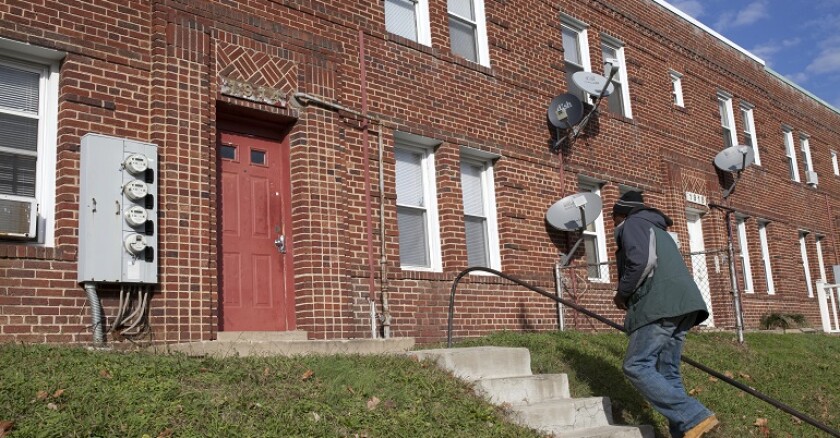For the most part, it’s an urban problem. Incomes aren’t keeping up with the cost of living in big cities, and more specifically with climbing rents. To counter this decades-old problem, many cities and states have developed affordable housing programs and are using incentives for developers to increase the number of affordable units. Some localities may require developers to build a portion -- say 10 or 20 percent of units in new developments -- exclusively at the affordable level. Or they may simply provide subsidies to developers to build housing stock that qualifies as affordable.
Although many of these programs have been godsends to the low- to moderate-income people who live in them, there are also a good number of programs that are riddled with management flaws that undermine the housing effort. Ineligible people are able to wrangle their way into this housing, leaving eligible men and women searching for an affordable place to live. Official funds are used inappropriately. Sometimes the housing stock is almost worthy of being condemned.
One recent audit in Austin put the matter forthrightly: “Program funds were used for questionable transactions and potentially ineligible participants.”
Most of the management problems have their roots in false or missing data of one kind or another. For example, in Washington, D.C., applicants for inclusion in city-sponsored affordable housing may be required to use a pay stub in order to demonstrate that their income qualifies them for affordable housing. But if the person has two jobs, they can simply submit just one of the two pay stubs, thus making it appear that the income is half of what it really is. “What gets the attention is the ribbon cutting,” says Kathy Patterson, the city’s auditor. “We open the units up and people move in.” Beyond that, there’s very little effort made to see if the units comply with the rules for affordable housing.
Similarly, New York does a minimalistic job of checking compliance on a number of fronts. For many federal programs, there’s a requirement to verify occupants’ income every year. “But in city programs here, you don’t have to do that,” says New York City Comptroller Scott Stringer. “The Department of Housing, Preservation and Development should be doing these independent checks.”
But it isn’t. On the question of housing quality, New York issues violations when it uncovers substandard housing units, including those that are overrun with vermin. But issuing a violation without follow-up is like driving a car without gas. The city has a very poor system of tracking whether the violations have ever been fixed. As a result, according to the comptroller’s office, there’s a dependence on “socially minded developers, to check on their own progress in alleviating the violations that have been identified; otherwise the mice hiding in the closets can settle in and create cozy nests that remain indefinitely.”
In many cities, part of the management problem is gross understaffing of program administration. Chicago’s Community Land Trust, for example, is charged with preserving the long-term affordability of homes created through city programs. It has a board of 18 members and the use of two full-time staff who are employees of the city’s Department of Planning and Development -- but no staff of its own. In Washington, D.C., the Affordable Housing Trust Fund, which began life in 2001, still doesn’t have a single person doing full-time oversight. This is a $100 million a year program.
Ensuring that affordable housing dollars are appropriately used has been an issue in many cities. In Chicago, for example, fees that developers pay to the city in lieu of building on-site affordable units is supposed to be used for affordable housing. A report by the city’s Inspector General’s Office found that of $89.9 million in funds collected from developers from 2003 to 2015, $4 million was dropped into the general fund to be used for other needs. To mitigate this problem, Chicago began segregating affordable housing monies in a separate fund in 2016. “Without some mechanism that ensures that this money is used for the program, it gets spent for other programs in the city,” says Inspector General Joe Ferguson. “It gets lost.”
Such losses of information are problems, of course. But they’re not the type that are of exclusive concern to public administration gurus. In this case, the cost of flaws exhibits itself in fewer housing units for low- and moderate-income residents -- units that could be there if the programs were better managed.








